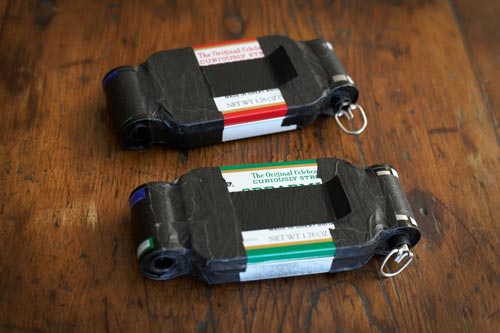Tom Persinger of f295 writes:
f295 Symposium 2008: An Examination of Lensless, Alternative and Adaptive Photographic Processes is being held in Pittsburgh, PA USA May 29 – June 1, 2008. Here are a few of the latest announcements!
The Official Symposium Hotel
I’m pleased to announce that The Holiday Inn Select at University Center is our official f295 Symposium Hotel partner this year! They’re offering a discounted rate of $115 for single, double, triple or quadruple occupancy. They’re located within easy walking distance to all of the events at CMU.You can find complete information here (including how to register).
Speaker List Nearing Completion
The roster of speakers is nearing completion. We will probably have one, maybe two more added but we already have a solid line-up:
– Martha Casanave
– Jill Enfield
– Jesseca Ferguson
– Jerry Spagnoli
– Keith Taylor
– Ilan WolffYou can read some of their bios here.
Workshops
We may be expanding our number of workshop days to include Wednesday and Thursday (instead of just the weekend). We’ll be announcing several others over the coming weeks, but so far we have confirmed the following three:
– An Artistic Approach to Digital Negatives with Jill Enfield
– Daguerreotype Workshop with Mike Robinson
– Wet-Plate CollodionThe Schedule
This year promises to be bigger and better than 2007. Don’t miss our opening night festivities which is focused around an open work sharing event—bring your images, gear, cameras, etc. and set it up to share with others. We’ll also have a few choice vendors present as well including our good friends at B&H Photo.
Exhibitions
Several exhibtions are already planned by The Society for Contemporary Craft, Pittsburgh Cultural Trust’s gallery at 709 Penn Avenue and Silver Eye Center for Photography. Stay tuned for more information about these exciting events!
Complete, up to the minute, Symposium 2008 information may be found at www.f295.org/symposium2008.
Your thoughts and ideas about the event are welcome. Feel free to email with any suggestions you may have.
All the best,
Tom Persinger



